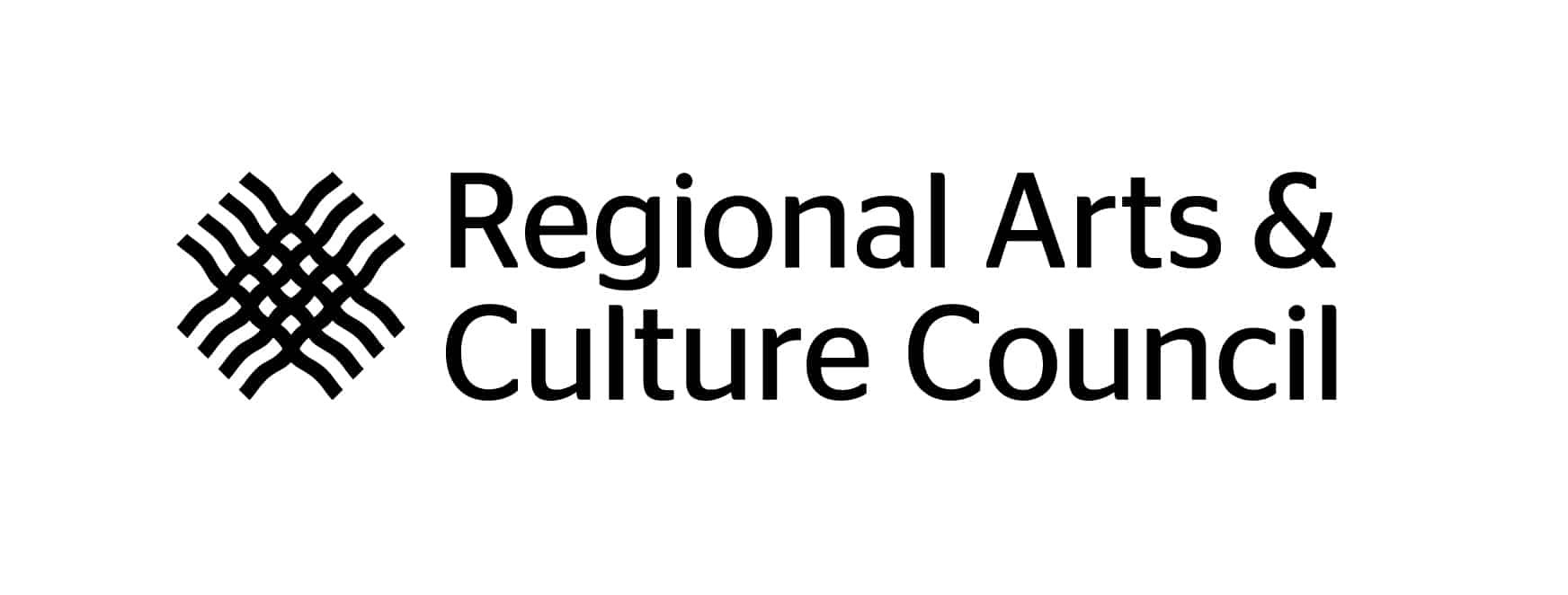Technical Information
I work primarily with low-fire and mid-range glazed ceramics, incorporating a small percentage of cotton paper pulp into my clay body. This addition—commonly referred to as paperclay—burns out during the first firing but allows me to rehydrate the sculpture multiple times throughout the building process. This flexibility gives me time to rework and refine each piece extensively.
Every piece is hand-built using slow, intentional techniques like pinching and coiling. As I build, I allow the clay to dry and stiffen in stages, helping the walls support themselves and preventing collapse. I often rotate the piece as I work, sometimes cutting off and reshaping areas to better achieve the form I envision. Surface treatment is a significant part of my process; I spend considerable time smoothing or texturizing the surface using a variety of tools at different drying stages.
My pieces are glaze-fired multiple times to develop rich, layered surfaces. I experiment extensively with combinations of glazes to build a unique palette of color and texture. Occasionally, I incorporate non-ceramic finishes such as encaustic wax, acrylic paint, or oil washes to further refine the surface. Some glaze fired surfaces are sandblasted or polished using diamond abrasive pads to bring out a soft, luminous quality.
My Illumination series was created by spraying porcelain paperclay slip onto balloons. Using an industrial sprayer, I apply 3–4 layers of porcelain slip to the balloons, which can then be stacked, joined, or combined with other hand-built elements. Once I achieve the desired wall thickness, the high-fired porcelain produces forms that are remarkably strong yet thin enough to be translucent. When lit from within by bright, long-lasting LED or xenon bulbs, these pieces glow with a playful sensuality enhanced by the softness of flowing glaze.
Feel free to contact me with questions about working with paperclay, handbuilding ceramic sculpture, glaze layering, or my process in general.

